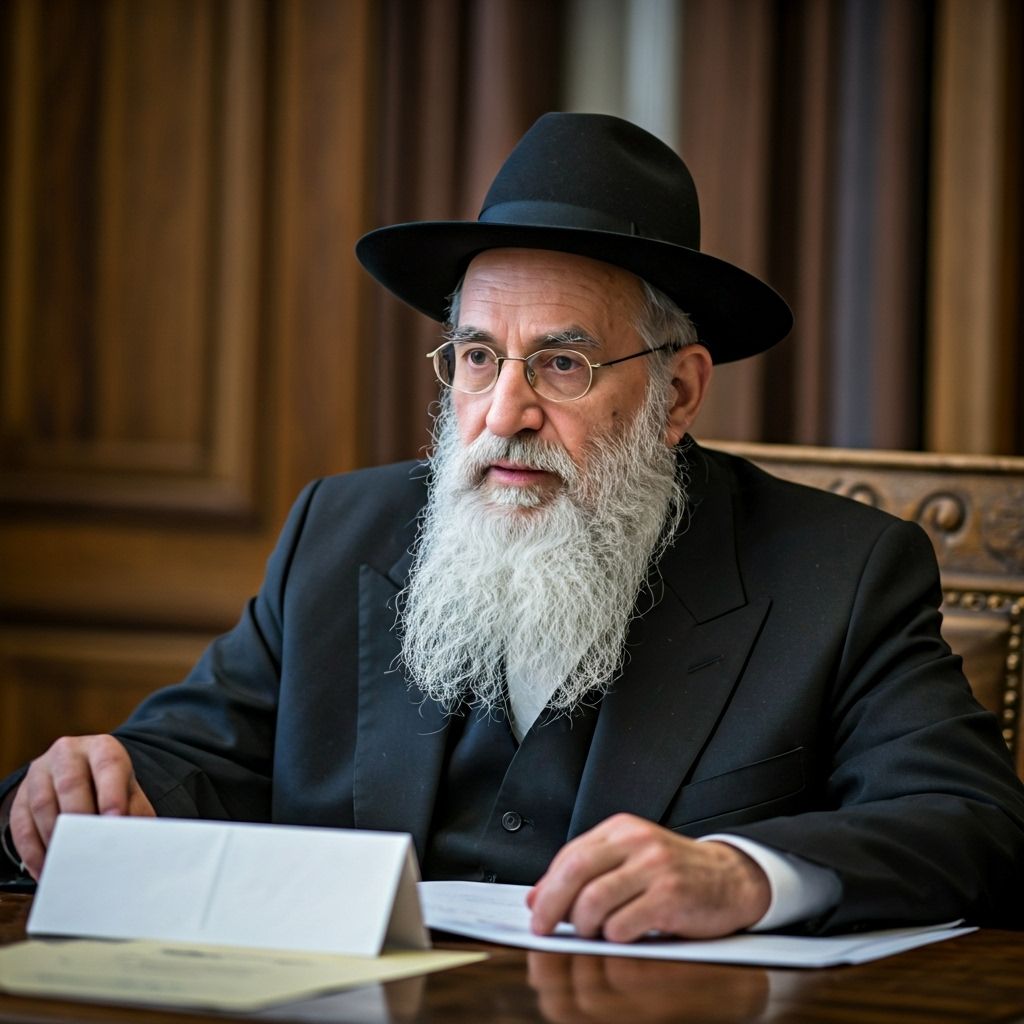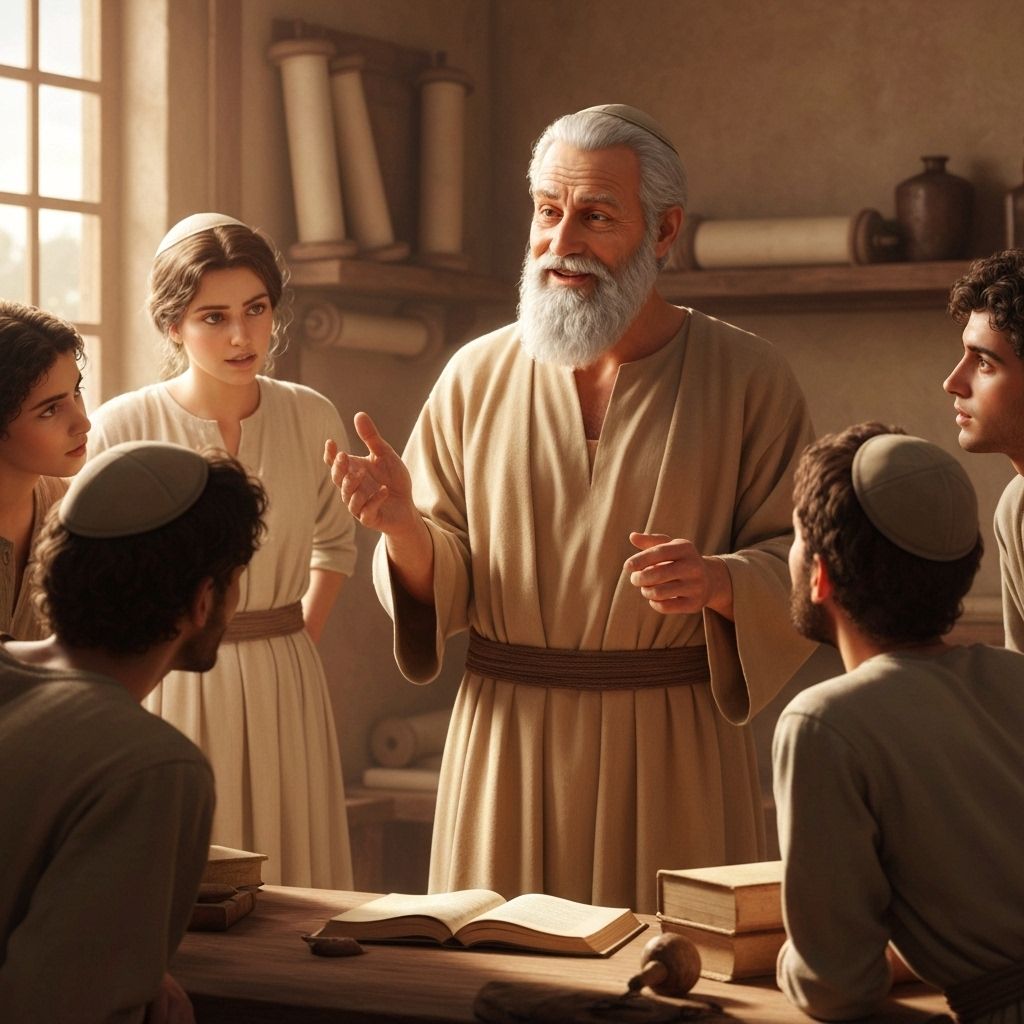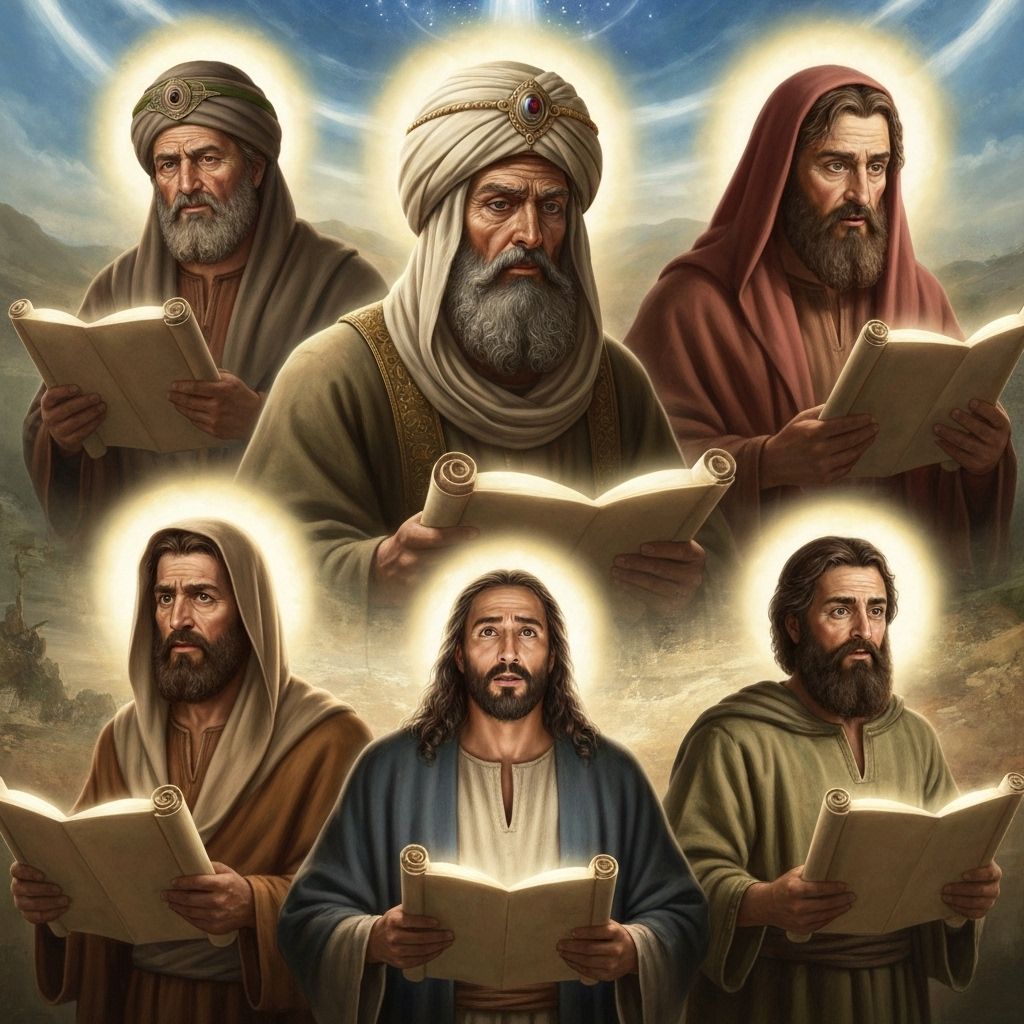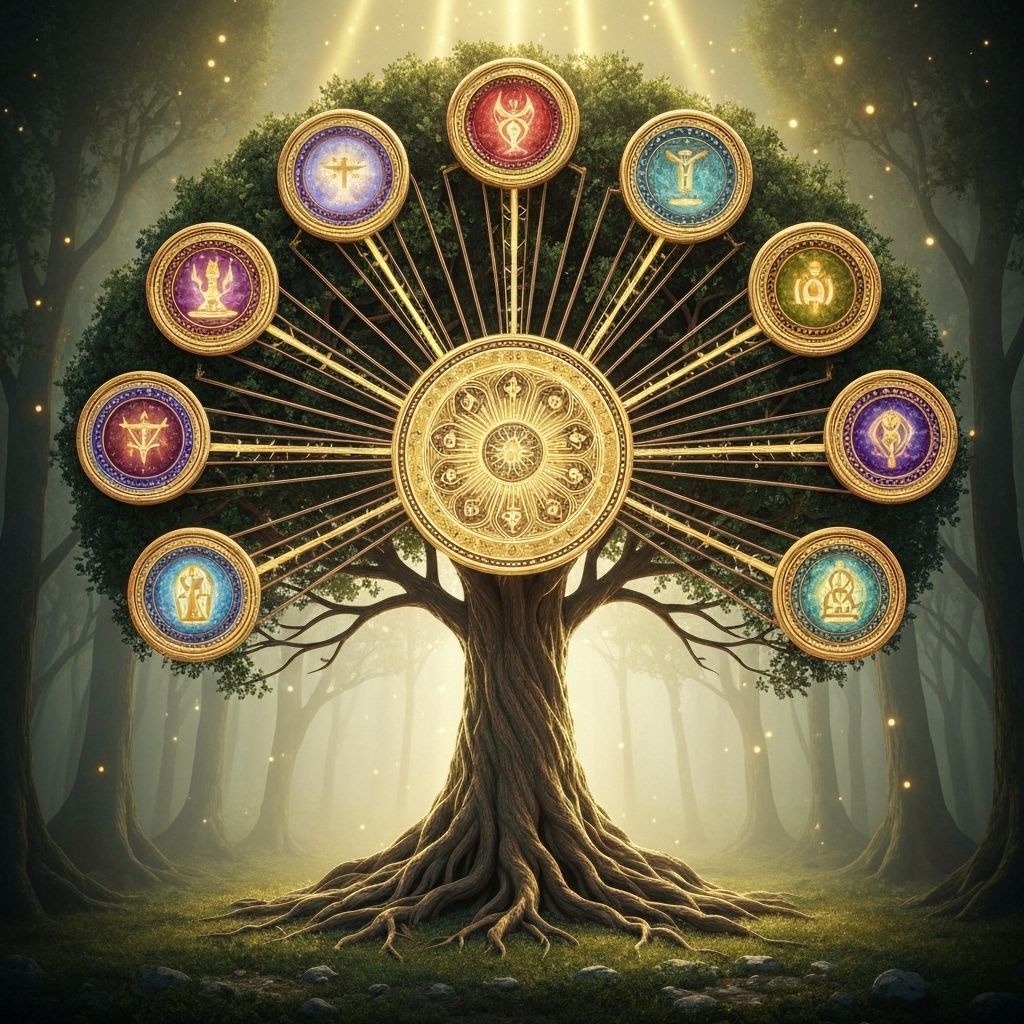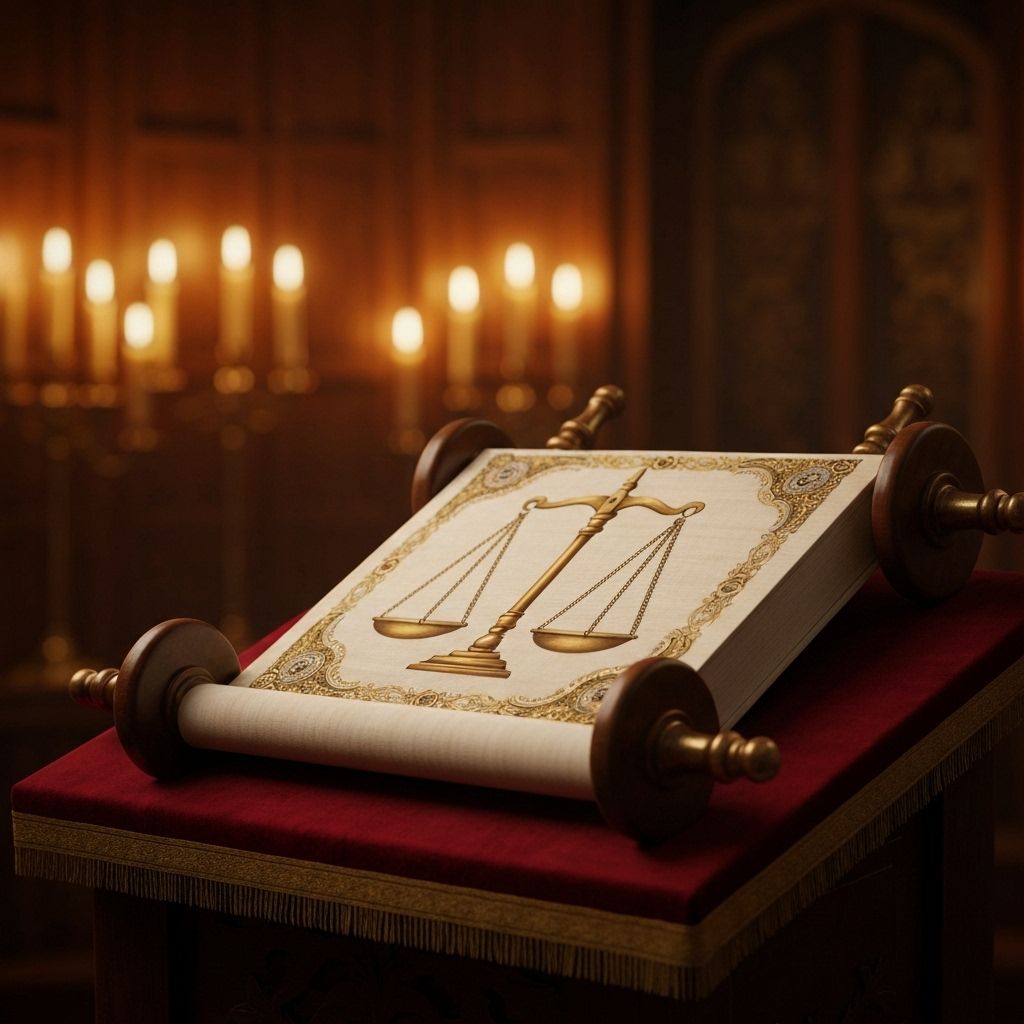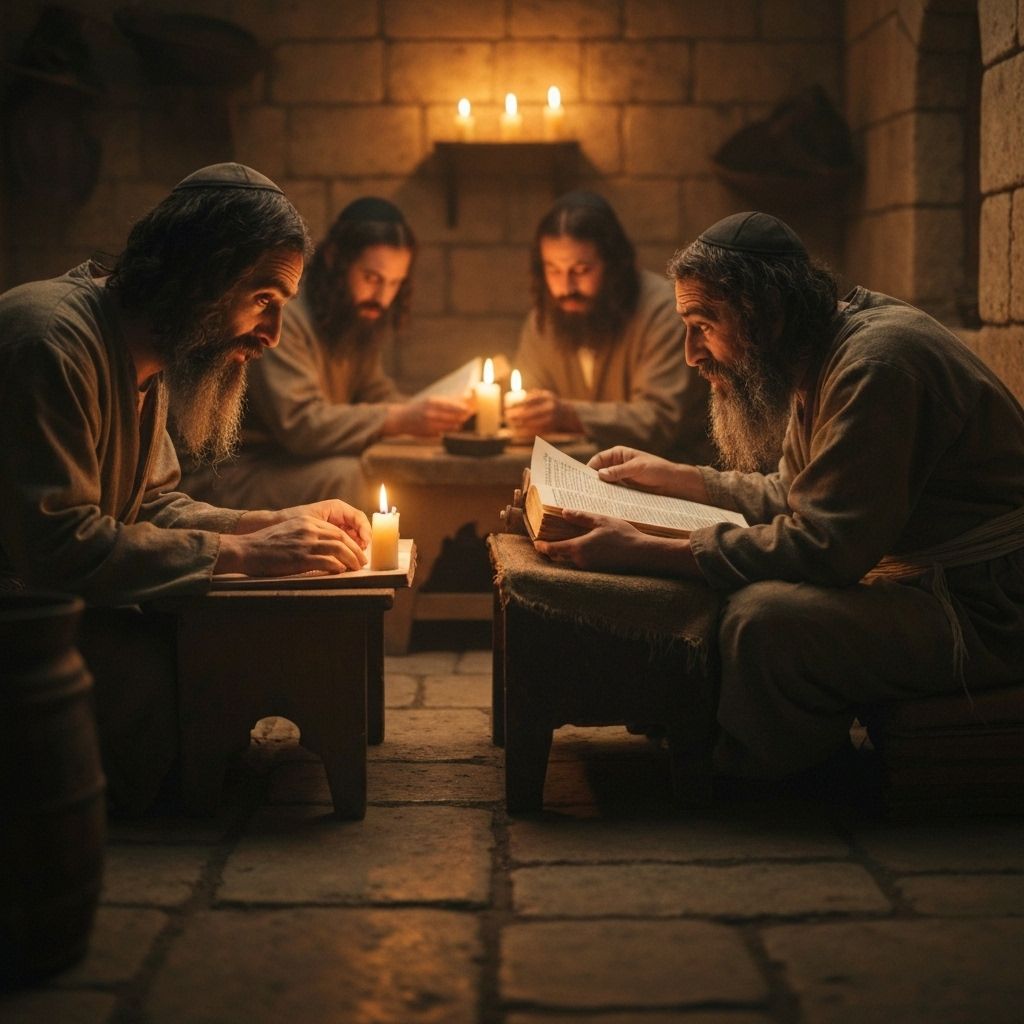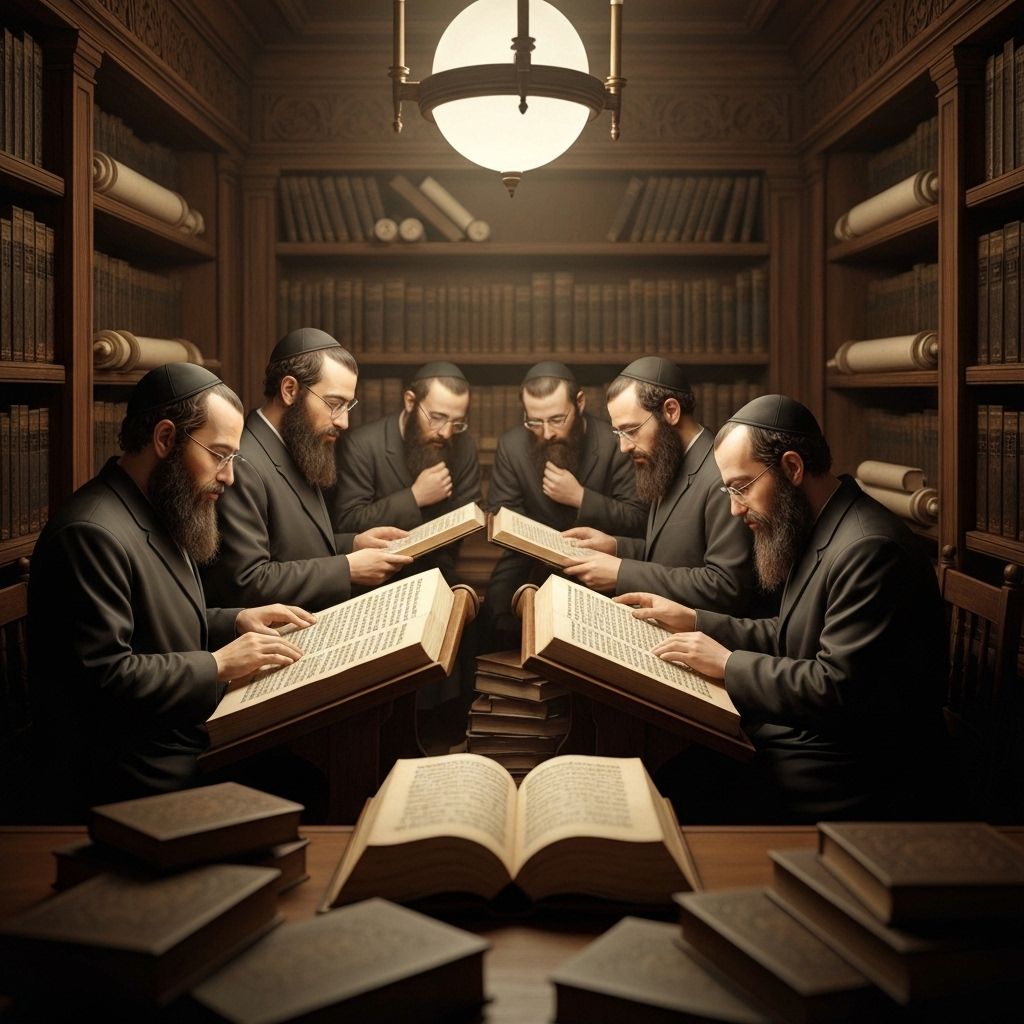3-Minute Summary
The Words of the Torah Explained with Help from Rashi and Ramban
Rashi (1040-1105) was a medieval French rabbi whose commentary on the Torah and Talmud is considered essential reading. His explanations focus on the plain meaning of the text and are known for their clarity and accessibility.
Ramban (1194-1270) was a Spanish rabbi, physician, and philosopher who provided deeper mystical and philosophical insights into the Torah, often building upon Rashi's work while adding his own profound interpretations.
The parsha begins with restrictions on priests mourning the dead, showing that sacred service takes precedence over personal grief. Priests must maintain ritual purity for their divine duties, representing that spiritual responsibilities transcend personal circumstances.
Priests are forbidden from marrying divorced women or prostitutes, emphasizing that their marriages must reflect purity and sanctity. This requirement extends the priests' holiness to their family life, creating models of ideal relationships.
The High Priest has additional restrictions, including not marrying widows and maintaining special purity standards. These elevated requirements reflect the greater holiness required for those who enter the Holy of Holies and represent the entire community.
Physical blemishes disqualify priests from service, not because they are less worthy, but because the sanctuary represents perfection and wholeness. This requirement teaches that sacred service requires external signs of internal spiritual health.
Priests receive portions from offerings, establishing that their sustenance comes from divine service. This system ensures that those dedicated to sacred work can focus on their duties without material concerns.
The festival calendar begins with Shabbat and continues through the pilgrimage festivals. Each festival has specific offerings and observances, creating a rhythm of sacred time that connects the community to divine history and blessing.
Pesach commemorates the Exodus with the Passover offering and matzah, requiring the removal of chametz and the retelling of the story. This festival creates embodied memory of divine deliverance.
Shavuot celebrates the giving of the Torah with wheat offerings, connecting agricultural blessing to divine revelation. The festival marks the culmination of the counting of the Omer from Pesach.
Rosh Hashanah is the beginning of the new year with trumpet blasts, establishing a time for reflection and divine judgment. The shofar calls the community to repentance and renewal.
Yom Kippur provides the ultimate atonement with fasting and the special service, creating a day of complete spiritual purification and divine reconciliation.
Sukkot celebrates harvest with dwelling in booths, commemorating the desert wandering and expressing trust in divine provision. The festival combines thanksgiving with remembrance of divine care.

